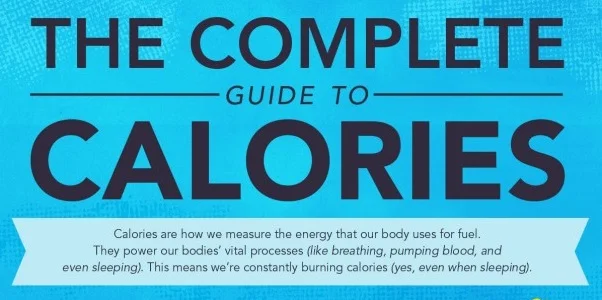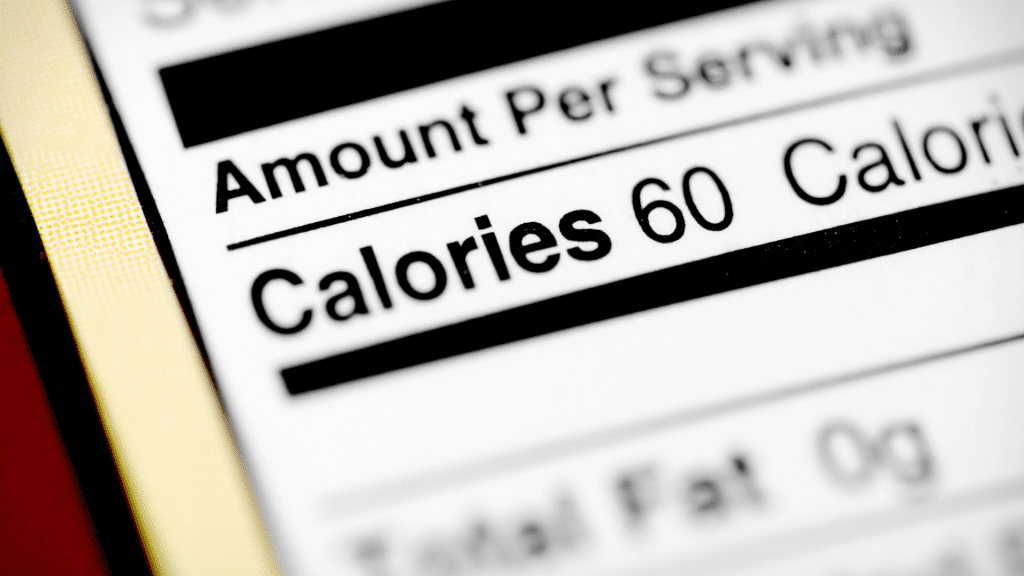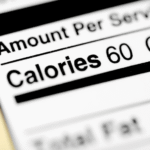Calories matter. Whether you’re trying to lose weight, gain muscle, or stay healthy, understanding calories is one of the first steps. In this simple guide, you’ll learn what calories are, how they affect your body, and how to find the right amount for your goals.
You don’t need to be a scientist or a personal trainer to grasp calorie basics. This article breaks everything down into easy steps and answers common calorie questions. Let’s dive in.
What Are Calories and Why Are They Important?

Calories Are Units of Energy
A calorie is a way to measure energy. Food and drinks contain calories. Your body uses these calories as fuel. Even when you’re sitting still, your body burns calories to keep your heart beating and lungs working.
Why Calories Matter for Health and Weight
Calories affect your body weight. If you eat more calories than your body uses, the extra energy gets stored as fat. If you eat fewer calories than you burn, your body uses stored fat for energy, and you lose weight. Getting the right number of calories helps with energy, mood, sleep, and staying fit.
How Many Calories Should You Eat Daily?
Calorie Needs Vary for Everyone
There’s no one-size-fits-all number. Your daily calorie needs depend on your:
- Age
- Gender
- Height and weight
- Physical activity level
- Goals (weight loss, maintenance, or gain)
General Calorie Estimates
Here are average daily calorie ranges:
Women
- Sedentary: 1,600 to 2,000 calories
- Moderately active: 1,800 to 2,200
- Active: 2,000 to 2,400
Men
- Sedentary: 2,000 to 2,400 calories
- Moderately active: 2,200 to 2,800
- Active: 2,400 to 3,000
These are starting points. You can adjust based on how your body responds.

Understanding Basal Metabolic Rate (BMR) and TDEE
What Is Basal Metabolic Rate (BMR)?
BMR is the number of calories your body uses just to stay alive. Think of it as your “at rest” energy use. Even if you lie in bed all day, your body still burns calories.
What Is Total Daily Energy Expenditure (TDEE)?
TDEE includes your BMR plus the calories you burn through daily movement, workouts, and digestion. It gives a more complete picture of your daily calorie burn. To maintain your weight, eat close to your TDEE.
Also Read Protein Basics: How Much You Really Need and Why It Matters
Setting Goals: Calorie Counting for Weight Loss, Maintenance, or Gain
How to Use a Calorie Deficit for Weight Loss
To lose weight, you need to eat fewer calories than you burn. This is called a calorie deficit. A safe and healthy deficit is about 500 calories per day, which can lead to about 1 pound of weight loss per week.
How to Use a Calorie Surplus for Muscle Gain
To gain weight or build muscle, you need more energy. Eating about 250–500 extra calories per day can help you grow gradually without gaining too much fat.
Where Do Calories Come From?
Macronutrients Provide Calories
There are three main macronutrients:
- Carbohydrates: 4 calories per gram
- Protein: 4 calories per gram
- Fat: 9 calories per gram
Each food contains a mix of these. Alcohol also provides 7 calories per gram but has no nutritional benefit.
Empty Calories vs. Nutrient-Dense Calories
Not all calories are equal. A soda and a bowl of oatmeal might have the same number of calories, but the oatmeal has fiber and nutrients. Empty calories come from sugar, processed snacks, and fried foods. Try to choose nutrient-dense foods that give your body more benefits.
Reading Nutrition Labels and Portion Sizes
Start With Serving Size
The calorie count on a nutrition label is based on one serving. If you eat double the serving size, you eat double the calories. Always check this before eating packaged food.
Check Total Calories and Ingredients
Look at the “Calories” line on the label. Then, read the ingredients. Foods high in added sugar, saturated fat, or sodium are usually best in small amounts.
Tips for Tracking Calories the Right Way
Use Apps or Journals to Track Food
Food-tracking apps like MyFitnessPal, Lose It!, or Cronometer can help you stay on track. You don’t have to be perfect—just consistent. Writing down what you eat makes you more aware of how much you’re eating.
Don’t Obsess—Be Mindful
Calorie counting can be helpful, but it shouldn’t become stressful. Use it as a tool, not a rule. Listen to your body. Eat slowly and notice when you’re full.
Common Mistakes People Make with Calories
Overestimating Calories Burned
Fitness trackers and gym machines often overestimate how many calories you burn. Don’t use these numbers to justify eating more.
Underestimating Portion Sizes
Most people eat more than they think. A “tablespoon” of peanut butter is often twice the amount when scooped freely. Measuring cups or food scales help until you learn to estimate better.
Sample Calorie Goals Based on Age and Activity
Daily Calorie Needs for Women
- Ages 20–30
- Sedentary: 1,800 calories
- Active: 2,400 calories
- Ages 31–50
- Sedentary: 1,800
- Active: 2,200
- Age 51+
- Sedentary: 1,600
- Active: 2,000
Daily Calorie Needs for Men
- Ages 20–30
- Sedentary: 2,400
- Active: 3,000
- Ages 31–50
- Sedentary: 2,200
- Active: 2,800
- Age 51+
- Sedentary: 2,000
- Active: 2,600
How to Choose the Right Foods for Your Calories
Focus on Whole Foods
Pick foods that are rich in nutrients. These include fruits, vegetables, lean meats, eggs, nuts, whole grains, and dairy. They help you stay full longer and give your body vitamins and minerals.
Avoid Too Many Processed Foods
It’s okay to have some treats, but make sure most of your calories come from foods that fuel your health. Processed foods often pack in calories with little nutrition.
Adjusting Calories as Your Body Changes
Recalculate After Losing or Gaining Weight
If you lose 10 pounds, your body needs fewer calories than before. Update your calorie target every 4–6 weeks if your weight changes.
Watch for Plateaus and Adjust Gradually
If your weight loss stalls, your body might need fewer calories now. Try eating 100–200 fewer calories or adding more activity.
FAQs: Calories and Beginners
How many calories should I eat a day to lose weight?
A good starting point is to reduce your usual intake by about 500 calories per day. This often leads to 1 pound of fat loss per week. But this depends on your body size, activity level, and health status.
Can I eat too few calories?
Yes. Eating too little (under 1,200 for women, 1,500 for men) can slow your metabolism, cause fatigue, and make you lose muscle. It’s better to lose weight slowly with a safe calorie deficit.
Do all calories count the same?
Technically, yes—but not in how they affect your health. 100 calories from candy isn’t the same as 100 calories from chicken breast. The nutrients, fullness, and energy are different.
Is calorie counting required to lose weight?
No. You can lose weight without counting calories if you focus on eating whole foods and portion control. But tracking helps many people understand their habits.
Why am I not losing weight in a calorie deficit?
Sometimes, your metabolism adjusts. You may also be underestimating how much you eat or overestimating exercise. Stress, sleep, and hormones can also play a role.
Final Thoughts: Mastering Calories Without Obsession
You don’t need to fear calories. They aren’t good or bad—they’re energy. Knowing how calories work helps you take control of your health. Focus on balance. Eat mostly whole foods, stay active, and listen to your body.
When you know how many calories you need, you can make smarter choices every day. That’s real progress. Not just for your weight—but for your energy, focus, and long-term wellness.
Author- Ayush










